Let's say I have a graph,
and from this graph I want to create a circuit K whose inputs can be set so that K outputs true iff the graph has an independent set of size ≥2. I've seen some decent stuff on the internet / youtube about how to go about this. But I was wondering if there is a standard set of steps one should follow on how to do this.
My thought process was sort of: Have the circuit take edges as input, and output 1 (true) if at least one edge is missing (as this edge is an independent set).
But if i'm being honest i'm having a hard time wrapping my head around this.
